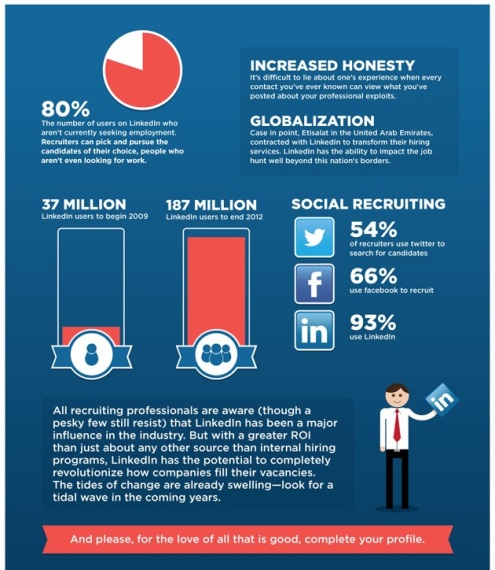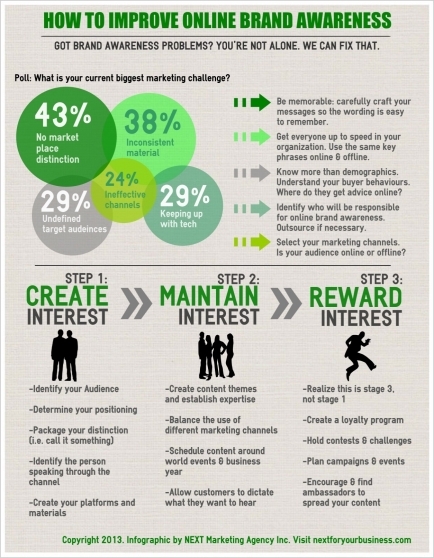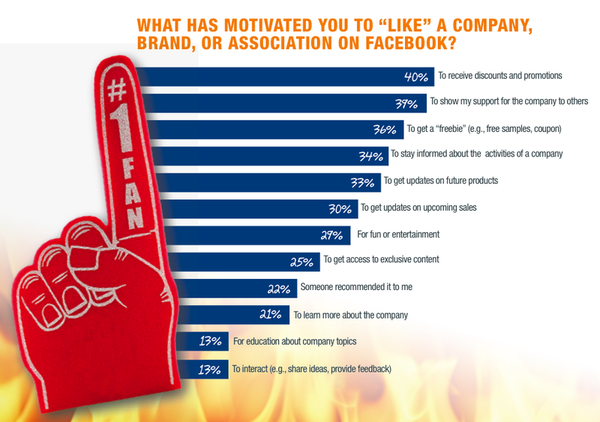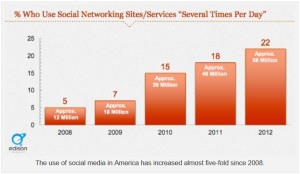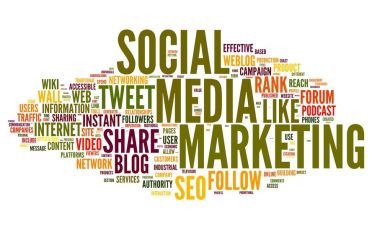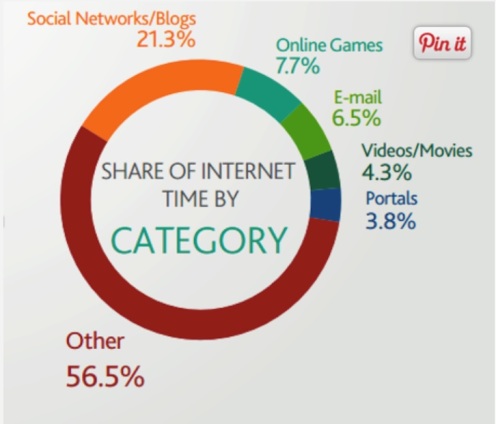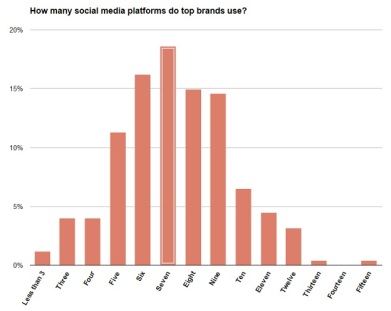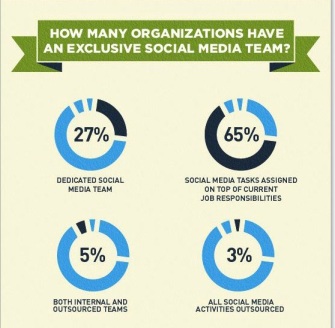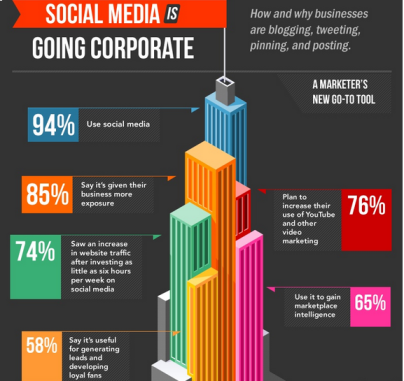Hey everybody! I wanted to start out today by thanking everyone who has participated in discussion and given feedback. I enjoy reading over comments and getting ideas from my readers so I can provide the best relevant and useful material that will help you be successful in using social media as a tool to build your business. So thank you!
Ok! Let’s get started, so today I wanted to talk a little about something that I think is going to revolutionize the hiring process companies use for future applicants. Lately, in my social media marketing class we have been talking a lot about our LinkedIn profiles and how we can optimize them in a way that really benefits us when looking or applying to new jobs. So in today’s topic I want to discuss how companies are using social media basically as a tool to weed out and hopefully in the end hire employees. As social media is on the up and up a lot of businesses have jumped the bandwagon and started into this new realm of social media recruitment. Which for some of us can be pretty scary! I mean really, when was the last time you checked what was on you profile? Well, before you open a new tab to check all your social platforms let’s take a deeper look into this topic.
This infographic from Staff.com takes a closer look at social media and recruitment.
According to the inforgraphic 92% of companies are using social media in some part of the recruitment process. Whether that be to check up and see if you are a qualified candidate, post positions for hire, or make sure your not going to be a risk for the company. Either way, the odds your profile makes or breaks your chances to receive a job are almost guaranteed. Social media has become such a huge part of our lives, companies can learn a lot about who we are as people just by perusing our online profiles. Put yourself in the shoes of someone who is about to hire someone to work for their company. If you had a little crystal ball to see everything you wanted to know about that candidate would you use it? Of course you would! Companies are doing just that. Our online profiles being that magical crystal ball that gives them a look into our lives and who we are as people and more importantly future employees.
Something else the inforgraphic points out and something I want to stress is the importance of LinkedIn! For you that have no clue what I am talking about when I say LinkedIn. Immediately head over to Google.com and read as much as you can about creating a LinkedIn account and do it ASAP!!!! LinkedIn is on the forefront for companies seeking job applicants. I can stress it enough how important it is for people seeking a reputable job to be connected and networking on LinkedIn. According to the inforgraphic in 2012 93% of companies use LinkedIn. Thats almost double the amount that use Facebook and Twitter. On LinkedIn’s press website LinkedInPress they say “Two new members sign up to LinkedIn every second.” Below I have attached an image for those who are more visual learners.
I’m not making this stuff up or trying to promote LinkedIn for any personal gain. However, I believe LinkedIn is on its way to being how people find jobs. What am i saying it already is! The proof is in the pudding as they say, but I will let you make the call I am just here to point out where companies are and how they are using social media to find new and promising job applicants.
So what does all this mean for you as a job seeker? Get a LinkedIn account and like the inforgraphic says “for the love of all that is good, complete your profile.” Its not just LinkedIn though, companies still resort to other platforms in the recruitment process so as a person seeking employment make sure your profiles are professional and not saturated with a bunch of pics of you on the weekend out getting smashed.


